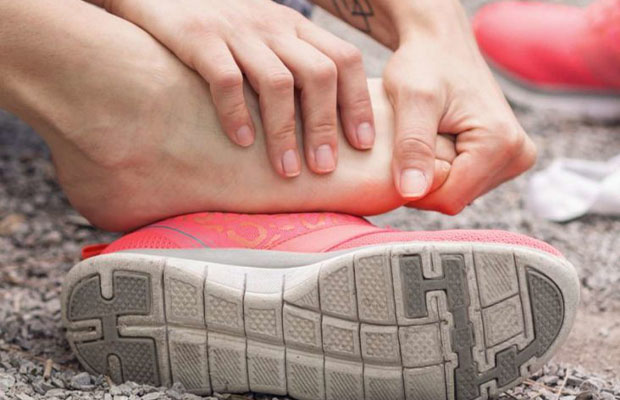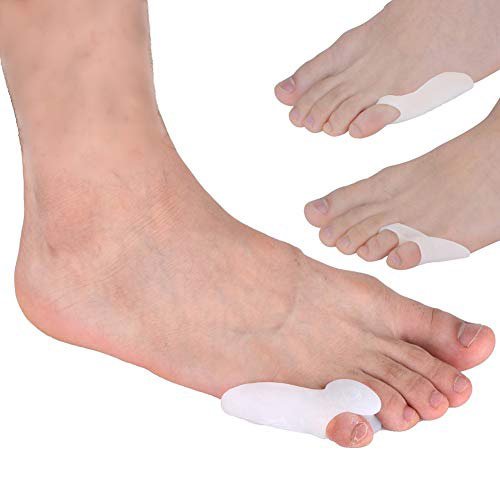Bunion On Pinky Toe: Causes And Treatment

Have you ever discovered a bunion on the pinky toe? The less well-known condition known as a bunionette may not be familiar to you. A bunionette is the development of a bony prominence on the metatarsal bone where it meets the bone of your pinky toe. Similar to a formation on your big toe, the issue usually only gets worse if left untreated.
Below, we examine bunionettes in more detail and discuss treatment options.
Also Read: Why Does My Pinky Toe Hurt?
Table of Contents
What Is A Bunion?
A bunion is an enlarged boney growth or swollen tissue that typically develops at the base of the toe where it joins the foot. The bones in the big toe shift inward, causing swelling, which affects the other toes on the foot. The area around the big toe’s base becomes painfully inflamed as a result.
Bunionette Causes And Symptoms
Bunions and bunionettes have some similarities despite the fact that they affect different parts of the foot. Similar to a bunion, a bunionette is typically brought on by pressure from improperly fitting footwear on the foot. The metatarsal bones in your feet will be under a lot of inward pressure with each step you take if your toe box is small or your work shoes are constricting. This can eventually lead to swelling or the development of a bony prominence at the fifth metatarsophalangeal, which indicates the onset of a bunionette. Inadequately fitting shoes are by far the biggest contributor to the development of bunions, though some genetic factors can also increase your risk.
Symptoms of a bunionette include:
- A visible bump on the outside of your pinky toe at the base
- An inward turning of your pinky toe
- Pain
- Redness
- Swelling
- Callus development at the site of the bump
Despite the fact that pain is a bunionette symptom, not all bunions are painful. More often than not, minor bunions or those in the early stages can be recognized by their outward appearance rather than by their discomfort. The earlier the issue is addressed, the greater the chance that the course of treatment will be successful, so it’s critical to look for these physical symptoms.
How Are Bunions Diagnosed?
X-rays and blood tests are frequently used by doctors to diagnose bunions, especially when they are still developing. While x-rays give your doctor a clear picture of your bone structure, blood tests help identify if the foot pain is being caused by something else, such as arthritis.

How To Treat Bunionettes?
The aforementioned symptoms can give you a good indication of whether or not you have a bunionette, but if you’d prefer to have it examined by a specialist, our team can provide a precise diagnosis. The majority of the time, a physical examination is sufficient to achieve this goal. Imaging tests, however, may be required to assess the severity of the joint dysfunction and the most effective course of treatment.
Fortunately, most bunions can be successfully treated with conservative measures. The most obvious remedy, given how they start, is to switch to a pair of shoes that is more comfortable and does not put too much pressure on the toe box. A bunionette can be prevented from becoming painful and symptomatic by wearing wider shoes or sandals, which can help relieve pressure on your toe joints.
To help lessen direct pressure on the little toe joint, your doctor might also suggest that you use padding inside your shoes. Anti-inflammatories and icing both work well to treat inflamed bunionettes and reduce swelling. A minimally invasive realignment procedure might be necessary in rare instances where the bunionette is severe. These procedures have a high rate of success, but the majority of patients do not need to advance to this stage of care because conservative care helps them control the condition.
Final Words
Wearing supportive, roomy shoes is the best defense against tailor’s bunions. Make sure to talk to your doctor right away if you notice that the position of your toes is changing.
Tags: Bunion On Pinky Toe